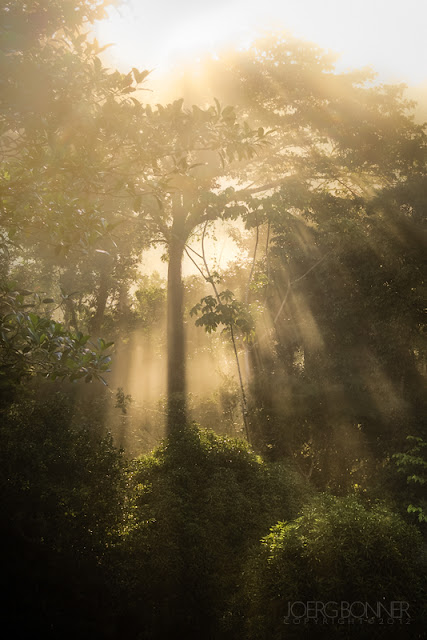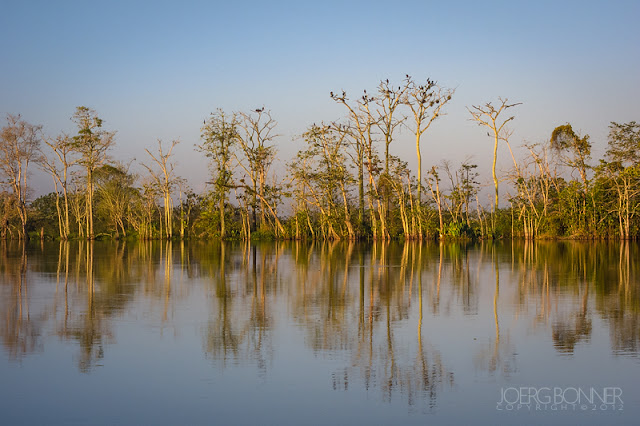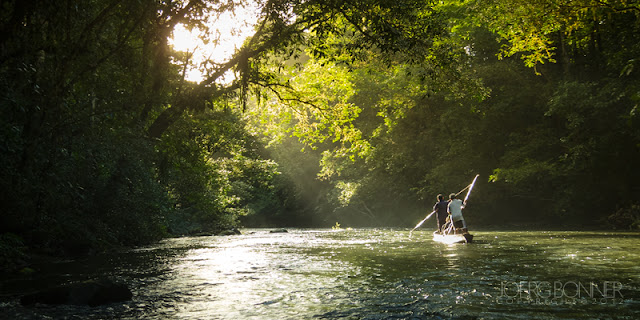I'm back again with news about conservation efforts - this time it's bad news though. The headline struck me like lightning last week: Nicaragua signed an agreement allowing a chinese investor to build an inter-ocean shipping canal right across the central american country.
The controversial idea to build a shipping-lane across Nicaragua as an alternative to Panama Canal, which lies a few hundred kms south, has been around for some time (check out the Wikipedia entry about Nicaragua Canal) and has always been driven by economic expectations, which in a country as poor as Nicaragua of course play an important role. I first heard about it while I was travelling through Nicaragua in early 2012: basically the idea is to connect the Atlantic and Pacific Ocean via Latin America's second largest lake, Lago de Nicaragua. The government and the investors have not yet agreed on a final route for the canal, but it's quite obvious that a significant amount of nature will fall victim to the project in any way.
The controversial idea to build a shipping-lane across Nicaragua as an alternative to Panama Canal, which lies a few hundred kms south, has been around for some time (check out the Wikipedia entry about Nicaragua Canal) and has always been driven by economic expectations, which in a country as poor as Nicaragua of course play an important role. I first heard about it while I was travelling through Nicaragua in early 2012: basically the idea is to connect the Atlantic and Pacific Ocean via Latin America's second largest lake, Lago de Nicaragua. The government and the investors have not yet agreed on a final route for the canal, but it's quite obvious that a significant amount of nature will fall victim to the project in any way.
During the three weeks I spent in Nicaragua I visited a few places that are now at risk to be affected by the proposed canal. Lago de Nicaragua, Rio San Juan and the pristine rain forest on the caribbean coast have all left a lasting impression on me, and the news that these ecosystems might be destroyed in one way or another hit me quite hard. But instead of randomly ranting against the nicaraguan government and the project they approved (I'll leave that to more skillful writers), I thought I'd give you guys a little insight into what's at stake in Nicaragua.
What you will see here may not be my typical landscape shots and most of the images where never meant to be shared with the public. Still, I think they are capable enough of showing you a few of the magic places I visited during my travel through Nicaragua. Please scroll down all the way to see a bunch of shots of the whole area that might possibly be affected by a future canal project. Starting from Isla de Ometepe (which lies inside the huge Lago de Nicaragua) we follow the Rio San Juan down towards the Indio Maíz reserve.
 |
| Play of Light © Joerg Bonner |
The image above (and the ones below) are mere snapshots - often created with my much loved, always-in-my-pocket camera: my Canon Powershot S95. Whenever I don't feel like taking out my big rig, or don't have the time to, this little camera proves very useful. This time I was shooting close-ups of this very scene (see bottom of page) with my 300mm lens when I felt a wide shot showing the interplay of the mist, forest and light would be nice to have too. Unfortunately there was no time to change lenses, as the mist was dissolving quickly and so I snapped a shot with the small point-and-shoot. It turned out that I prefer this wider snapshot.
Equipment:
Canon Powershot S95 @ 13mm
ISO 80, f/4, 1/125 seconds
handheld
Processing:
This shot is a rather tight crop (cropped out 30%). I cloned out a distracting branch in the front and some lens flares.
Location:
Reserva Biológica Indio Maíz, Rio San Juan, Nicaragua
Further Reading:
If you want to know more details about the canal, the deal with the chinese investor and environmental risks follow these links below:
Wikipedia entry about Nicaragua Canal
Huffington Post Article
Ticotimes Article
Phys.org Article
More images:
 |
| The Brothers of Ometepe © Joerg Bonner |
The two volcanoes on Isla de Ometepe will probably not be affected by the proposed canal, but Lago Nicaragua surrounding the island, which also is Nicaragua's primary source of fresh water, might suffer severely.
 |
| Looking West from Ometepe © Joerg Bonner |
 |
| Cormorants in the Trees © Joerg Bonner |
Birdlife is abundant along Rio San Juan and the smaller islands in Lago de Nicaragua.
 |
| Local Transport on Rio San Juan © Joerg Bonner |
Changes in depth or amount of water of Rio San Juan might have an effect on the ecosystem as well as on local people living around the river.
 |
| Quiet Boat Ride © Joerg Bonner |
Countless small rivers flow into Rio San Juan. Just a few hundred meters in they enter primary rainforest spreading all the way to the caribbean coast. This ecosystem is home to more than 120 species of birds, mammals, reptiles, fish, amphibians, mollusks and crustaceans.
home to more than 120 species of birds, mammals, reptiles, fish, amphibians, mollusks and crustaceans.
Read more at: http://phys.org/news/2013-06-environmentalists-nicaragua-canal-disaster.html#jCp
Read more at: http://phys.org/news/2013-06-environmentalists-nicaragua-canal-disaster.html#jCp
home to more than 120 species of birds, mammals, reptiles, fish, amphibians, mollusks and crustaceans.
Read more at: http://phys.org/news/2013-06-environmentalists-nicaragua-canal-disaster.html#jCp
Read more at: http://phys.org/news/2013-06-environmentalists-nicaragua-canal-disaster.html#jCp
 |
| Morning in Paradise © Joerg Bonner |


No comments:
Questions? Comments? Feedback?
Don't hesitate to get in touch with me! Feel free to ask me any questions regarding the images, places or whatever you want to know.